Bow Thruster Installation on Your Boat: A Guide to Installing a Marine Thruster System with Proportional Thrusters and Battery Switch Options
Bow thrusters make handling your boat easier in tight spots. In this article, we'll explore how to install one.
Choosing the right thruster depends on your boat's size and type. Proper planning ensures the installation goes smoothly. Cutting the hull requires precision to avoid structural damage. Sealing the thruster tunnel prevents leaks and protects the boat. Electrical wiring must be done carefully to ensure safety. Waterproof connections are key to long-term reliability. Testing the system after installation helps catch any issues early.
Regular maintenance keeps the thruster performing well over time. Consulting an expert can help avoid common mistakes. With the right steps, bow thrusters enhance your boating experience. Let's dive into the details.
What is a bow thruster and why do I need one for my boat?
A bow thruster is a small propeller system. It helps steer your boat in tight spaces. This device improves maneuverability during docking and undocking. It provides extra power against wind and current. A bow thruster enhances control while navigating. It makes boating safer and more enjoyable. Many boaters find it very useful. Consider one if you often dock in crowded areas.
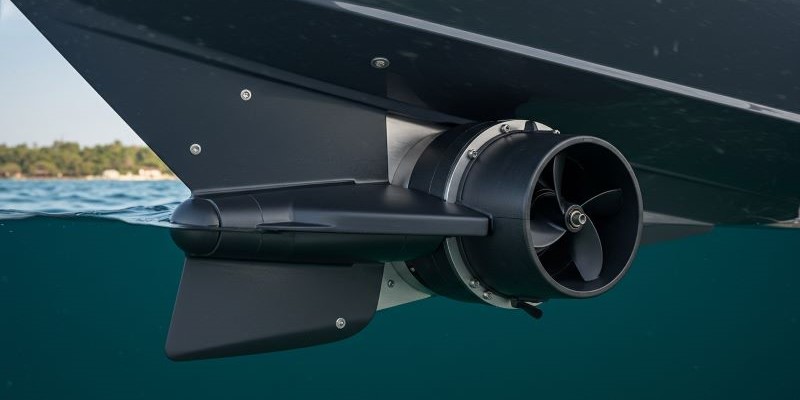
Understanding the benefits of bow thrusters for maneuvering
Bow thrusters make docking and maneuvering easier, especially in tight spaces. They work alongside stern thrusters to provide better control. Installing a bow or stern thruster can improve your boat's handling. Below, we'll explore the many benefits of these systems.
Benefits of Bow and Stern Thrusters:
- Improved maneuverability in tight spaces like a slip.
- Sideways direction control for precise docking.
- Proportional thrusters offer responsive, adjustable power.
- Tunnel thrusters like Vetus or Side-Power are reliable options.
- Sideshift thrusters can be installed without major hull modifications.
- Wireless joystick controllers make operation intuitive and easy.
- Florida bow thrusters are known for their durability.
- Hydraulic systems provide strong horsepower for larger boats.
- Battery switch ensures efficient power management.
- DIY project options can save thousands of dollars.
- Boatyard professionals ensure optimum workmanship during installation.
- Owners forum discussions offer real-world insights and tips.
How bow thrusters improve docking in tight spaces
Bow thrusters improve docking in tight spaces significantly. They help move the boat sideways with ease. A bow thruster mounts at the front of the yacht. It provides extra propulsion when maneuvering in marinas. Many boat owners choose sideshift thrusters for better control. These thrusters come in electric and hydraulic options. Installation time varies, but a professional installer can help. With a bow thruster, you can dock confidently and safely.
Comparing bow thrusters to stern thrusters and full thruster systems
| Feature | Bow Thrusters | Stern Thrusters | Full Thruster Systems |
|---|---|---|---|
| Placement | Installed near the waterline at the bow. | Mounted at the stern, often near the pod. | Combines bow and stern thrusters. |
| Function | Helps move the bow sideways. | Assists in turning the stern. | Provides complete control for boats like larger vessels. |
| Installation | Requires cutting a tunnel in the hull. | May use a bracket or integrated design. | Both bow and stern thrusters need to be installed. |
| Cost | Costs thousands of dollars for parts. | Similar to bow thrusters in price. | Most expensive due to dual systems. |
| Best For | Ideal for tight docking spaces. | Great for precise stern adjustments. | Best solution for full maneuverability. |
| Maintenance | Requires regular checks every yrs. | Similar maintenance needs as bow thrusters. | More complex due to dual systems. |
| Power Source | Often powered by a generator or battery. | Uses the same power sources as bow thrusters. | Combines power from both systems. |
| DIY Feasibility | Possible as a DIY project with care. | Similar DIY potential as bow thrusters. | Less DIY-friendly due to complexity. |
| User Feedback | Many boaters absolutely love the control. | Users appreciate stern precision. | Offers the most comprehensive handling. |
How do I choose the right bow thruster for my boat?
Start by measuring your boat's length and weight. Larger boats need more thrust power. Check the manufacturer's specifications for recommendations. Consider your typical operating conditions on the water. Think about the space available for installation. Look for a thruster that fits your boat's design. Consult with a marine expert for advice. Choose a model that meets your specific needs.
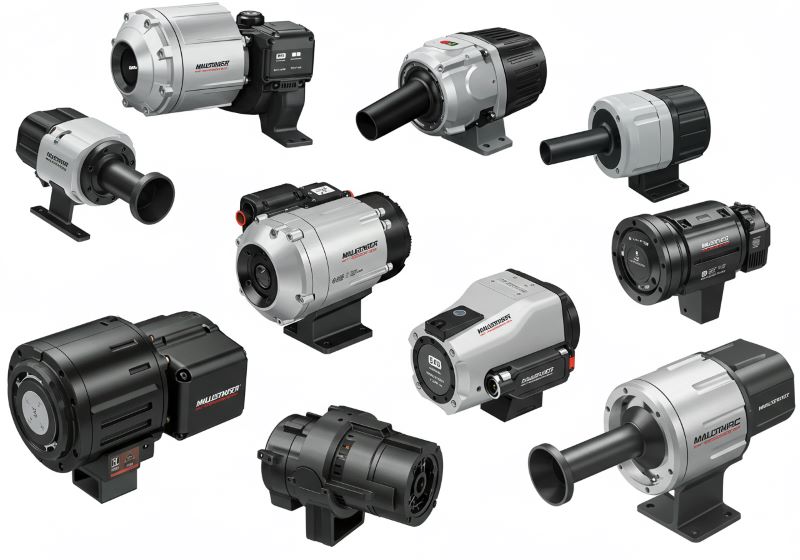
Factors to consider: boat size, weight, and intended use
When choosing a thruster, consider your boat's size. Larger boats need more power for effective maneuvering.
The weight of the boat affects thruster performance. Think about your intended use for the thruster. Will you dock in tight spaces often? Boats like yachts benefit from bow thrusters and stern thrusters.
A sideshift bow and stern system offers great control. Evaluate these factors for the best solution.
Electric vs. hydraulic bow thrusters: pros and cons
When choosing a bow thruster, consider electric and hydraulic options. Each type has its own pros and cons. Understanding these differences helps you make the best choice. Here's a quick comparison of electric and hydraulic bow thrusters:
Electric Bow Thrusters: Pros and Cons
Electric bow thrusters offer a practical solution for boaters. They are easy to install, cost-effective, and require less maintenance over time.
- Easy installation in a boat yard.
- Lower cost compared to hydraulic systems.
- Less maintenance required over the years.
- Quieter operation while in use.
- Can idle without draining the battery quickly.
Hydraulic Bow Thrusters: Pros and Cons
Hydraulic bow thrusters provide strong power and precise control, ideal for larger boats. However, they rely on a generator and may need more upkeep over time.
- More powerful for larger boats.
- Responsive control for precise maneuvering.
- Longer lifespan with proper care.
- Requires a generator for operation.
- May need more maintenance over the years.
Selecting the appropriate thruster power and voltage
Choose the right power for your thruster needs. Consider the voltage of your boat's electrical system. Most thrusters operate on 12V or 24V systems. A higher horsepower motor provides better performance. Ensure the thruster can handle your boat's weight. Some thrusters may require a generator for extra power. Consult with an expert for proper installation. This ensures your thruster works effectively for years.
What's involved in the bow thruster installation process?
Gather the necessary tools and materials first. Read the manufacturer's instructions carefully. Choose a suitable location for the thruster. Ensure proper alignment with the hull during installation. Secure all connections tightly to avoid issues. Connect the electrical system according to guidelines. Test the system after installation is complete. Make adjustments as needed for optimal performance.
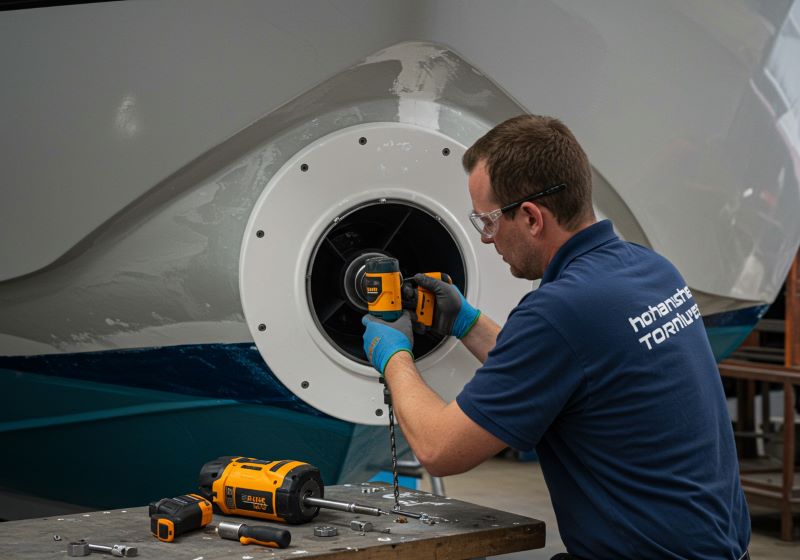
Step-by-step guide to installing a bow thruster
Installing a bow thruster requires careful planning and the right tools. Start by choosing the correct prop for your boat's size. Follow these steps to ensure a smooth installation. Below is a clear guide to help you through the process.
Step-by-Step Guide to Installing a Bow Thruster:
- Measure and mark the hull for the thruster tunnel.
- Drill the marked area carefully to avoid damage.
- Install the prop and secure it properly.
- Connect the motor and wiring, ensuring waterproof seals.
- Test the system before finalizing the installation.
Tools and materials needed for installation
Installing a bow thruster requires the right tools and materials. Having everything ready saves time and avoids delays. Below is a list of essentials for the job. Gather these items before starting your project.
Tools and Materials Needed:
- Drill and hole saw for cutting the tunnel.
- Marine-grade sealant to prevent water leaks.
- Wrenches and screwdrivers for securing components.
- Measuring tape and marker for precise placement.
- Waterproof electrical connectors for wiring.
- Prop and thruster unit suited to your boat.
Professional installation vs. DIY: weighing your options
Professional installation ensures your bow thruster works perfectly from the start. Experts handle the drill and placement with precision.
They also provide phone support for future questions. On the other hand, DIY installation can save money but requires skill. Mistakes may lead to issues without a bow thruster for weeks. A deep dive into the process helps avoid common errors.
Some boaters go years without problems after a DIY install. Weigh your skills and budget before deciding.
How much does it cost to install a bow thruster?
The cost varies based on the thruster model. Installation costs can range from a few hundred to several thousand dollars. Labor costs depend on your location and boat type. Additional materials may increase the total price. Consider both parts and labor in your budget. Research different options to find the best deal. Get quotes from multiple marine service providers. Plan for potential unexpected expenses during installation.
Breaking down the costs: thruster unit, installation, and accessories
When considering a bow thruster, understand the costs involved. The main cost is the thruster unit itself. Prices vary based on size and type. Installation costs depend on your boat yard. Professional installation ensures proper setup and safety. Accessories may include wiring, brackets, and controllers. These extras can add to the total cost. Plan your budget to cover all expenses.
Comparing prices of different brands and models
| Brand/Model | Price Range | Key Features | Best For |
|---|---|---|---|
| Vetus | $2,000-5,000 | Reliable, durable, and easy to install. | Mid-sized boats needing dependable performance. |
| Side-Power | $2,500-6,000 | Proportional control, quiet operation. | Larger boats requiring precise handling. |
| Florida Bow Thrusters | $1,800-4,500 | Affordable, good for smaller vessels. | Budget-conscious boaters with compact boats. |
| Sideshift | $2,200-5,500 | No hull cutting, simple setup. | Boaters avoiding major modifications. |
| Yacht Thruster | $3,000-7,000 | High power, hydraulic options available. | Luxury yachts and large vessels. |
What are the electrical requirements for a bow thruster?
Most bow thrusters require a 12V or 24V power supply. Check the manufacturer's specifications for your model. Ensure your boat's electrical system can handle the load. Use appropriate wiring and fuses for safety. Install a dedicated circuit for the thruster. This prevents interference with other systems. Consult a marine electrician if unsure. Proper electrical setup ensures reliable operation.
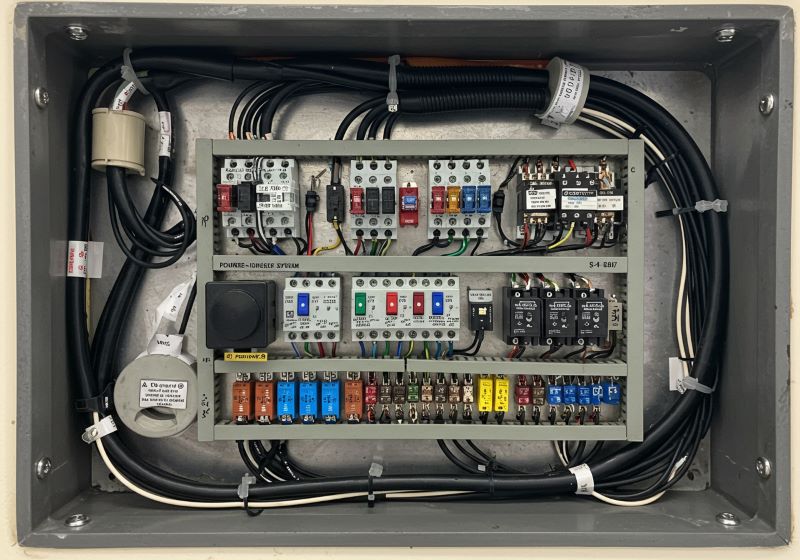
Understanding amp draw and battery requirements
Understanding amp draw helps you choose the right battery. Each thruster has a specific amp draw rating. This rating affects how long the battery lasts. Calculate the total amp draw for your setup. Ensure your battery can handle this load. Use a battery with enough capacity for your needs. Integrate the thruster with your boat's power supply. Consult a professional for safe installation and support.
Wiring considerations and best practices
When installing a bow thruster, proper wiring is key. Good wiring ensures safe and efficient operation. Follow best practices for a reliable setup. Here are some important wiring considerations to keep in mind.
- Use the correct wire gauge for your thruster.
- Ensure all connections are tight and secure.
- Protect wires with appropriate insulation and covers.
- Keep wiring away from heat sources and moisture.
- Use a dedicated circuit for the thruster.
- Label all wires for easy identification.
- Test the system before finalizing the installation.
- Consult a professional if unsure about any steps.
Integrating the thruster with your boat's electrical system
Integrating a thruster with your boat requires careful steps. Start by choosing the right power source for the thruster. Connect it to a dedicated battery for best results. Use appropriate circuit breakers to ensure safety. Make sure all connections are secure and insulated. Test the system before using the thruster. Label all components for easy identification later. Consult a professional if you have any questions.
How do I maintain and troubleshoot my bow thruster?
Regularly inspect the thruster for wear and damage. Clean the propeller and surrounding area often. Check electrical connections for signs of corrosion. Test the system periodically to ensure it works. If you notice issues, consult the troubleshooting guide. Replace worn parts as needed to maintain performance. Seek professional help for complex problems. Keep a maintenance log for future reference.
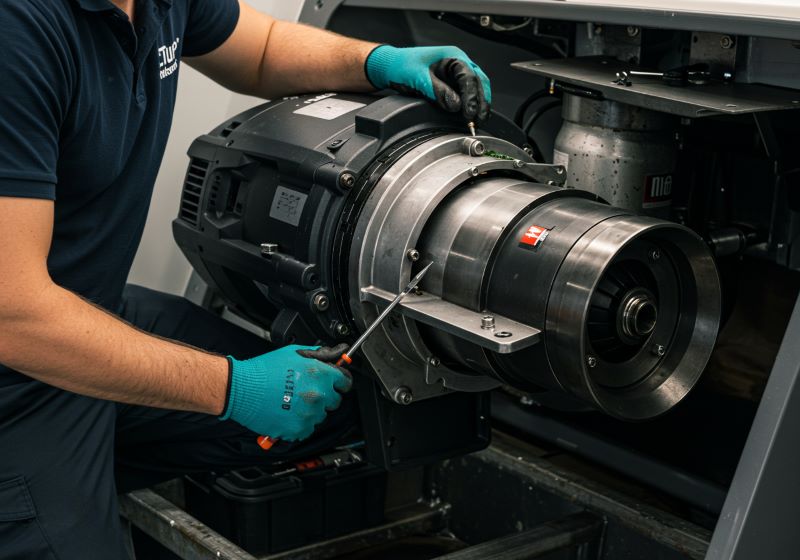
Regular maintenance tips to keep your thruster in top condition
Regular maintenance helps your thruster perform well. Simple tasks can extend its life. Follow these tips to keep it in top shape. Here are some key maintenance steps to consider:
- Check the propeller for damage or wear.
- Clean the thruster to remove dirt and debris.
- Inspect the housing for cracks or corrosion.
- Lubricate moving parts for smooth operation.
- Test the controls for proper function.
- Replace worn or damaged components quickly.
- Follow the manual for specific maintenance tips.
Common bow thruster problems and their solutions
Common thruster problems can disrupt your boating experience. One issue is a noisy propeller.
This often means it needs cleaning or repair. Another problem is poor performance. Check for blockages or damaged parts. You might also notice leaks around the unit.
Inspect seals and connections for damage. If the controls fail, test the connections and battery.
When to seek professional help for thruster issues
Sometimes, you need expert help for thruster problems. Certain issues are best handled by professionals. Recognizing these signs can save time and money. Here are situations when you should seek help:
- You notice unusual noises from the thruster.
- The thruster does not respond to controls.
- You see leaks around the unit.
- The propeller shows signs of damage.
- You experience frequent electrical issues.
- The thruster overheats during use.
- You cannot identify the problem yourself.
- You need help with installation or repairs.
Can I upgrade my existing bow thruster or add a stern thruster?
Yes, you can upgrade your existing bow thruster. Choose a more powerful model for better performance. Adding a stern thruster improves maneuverability even more. This combination enhances control in tight spaces. Consult a marine expert for compatibility advice. Ensure your boat's electrical system can support upgrades. Plan the installation carefully for best results. Enjoy improved handling with your upgraded system.
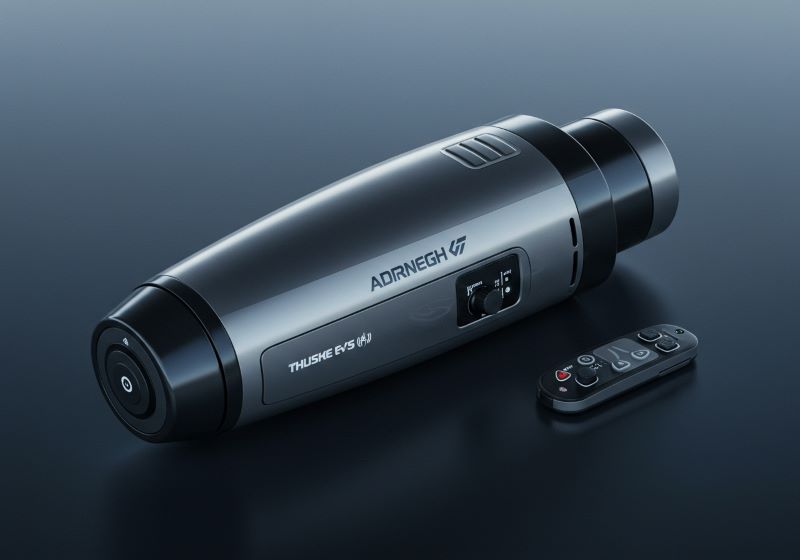
Options for upgrading to a more powerful or efficient thruster
Improving your thruster system can enhance your boat's performance. Consider models with proportional control for smoother adjustments.
Tunnel thrusters are reliable and widely used for their efficiency. Wireless controllers add convenience and ease of use. Regular checks help maintain the system's power and efficiency. High-performance motors provide stronger thrust for better control.
Sealed units reduce maintenance needs and improve durability. Choose a model that matches your boat's size and usage.
Adding a stern thruster to complement your bow thruster
Pairing a stern thruster with your bow thruster improves handling. This setup offers better control in tight or tricky spots. Proportional stern thrusters allow precise adjustments for smoother movements. Installation is straightforward with the right tools and planning. Wireless joysticks make operating both systems simple and intuitive. Balanced power between bow and stern ensures optimal performance. Regular testing keeps both systems working well together. This combination makes boating safer and more enjoyable.
Considerations for installing a complete thruster system
Installing a thruster system requires careful thought. You need to consider several factors for success. Each choice impacts performance and safety. Here are key points to keep in mind:
- Choose the right location for the thruster.
- Ensure you have enough space for installation.
- Select a suitable power source for the system.
- Check the weight distribution on your vessel.
- Review the manual for specific installation steps.
- Plan for maintenance access after installation.
- Consult a professional if you have questions.
- Test the system thoroughly after installation.